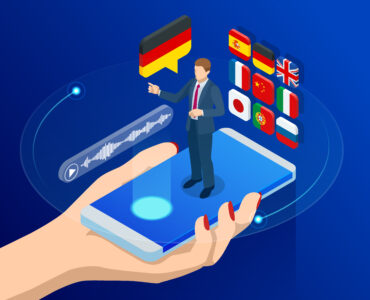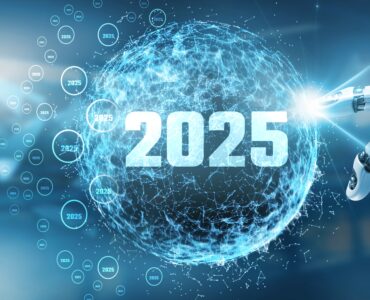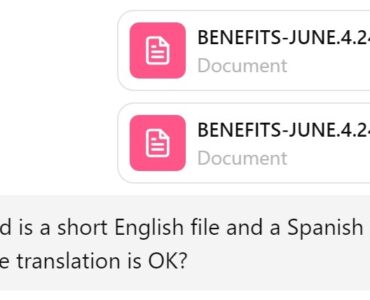As the rate of digitization increases, data has become a very important currency in the business world.
In fact, business and technology advisor Bernard Marr explains that we produce 2.5 quintillion bytes of data on a daily basis — a number which has probably increased further since 2018. We generate this veritable mountain of data with our internet, social media, and smart technology usage, and even though just a portion of this data is harnessed for critical analysis, it’s still enough to power an entire sector. Maryville University’s look at the business data analytics industry reveals that the market is set to be worth $95 billion in the US and a whopping $203 billion worldwide by next year. This is bolstered by the rise in quality and quantity of data collected for businesses, which is expected to reach an 180 trillion gigabytes annually by 2025.
In the right hands, big data analytics has the power to change many, if not all industries. Some current real-world uses include the ability to detect diseases early, improve cybersecurity, and optimize campaigns. Considering that internet users and consumers don’t just speak one language, translation for different channels is an important element in collecting and analyzing data. But the question now is: how will translation continue to be shaped by data analytics and related technologies, such artificial intelligence (AI) and machine translation (MT)?
Redistributing workload
The entrance of AI and data analytics into the translation industry won’t signal the end of human translators. Rather, it will free up them up to focus on more complex tasks that require human cognizance and flair. GTS Translation Services previously outlined different kinds of work that can’t be successfully done by MT just yet — namely official documents, literary work, and scanned images or PDFs. These are the kinds of translation jobs that human translators can focus on while MT can take on lower-tier responsibilities, such as working on navigational tools. Another example is in the use of AI as chatbots in customer support. The speed in which they can translate allows them to respond to consumers almost instantaneously, which is a big plus. Humans, on the other hand, can focus on translating more valuable content like contracts, where language accuracy is critical.
‘AI-powered, human-refined’ quality
That said, one of the biggest criticisms against MT is that it too often lacks accuracy when it comes to more complex material. We’ve all seen how tools like Google Translate fumble with winding sentences — not to mention that it sounds awkward or too formal, which doesn’t fit well in different cultural contexts. A Lisbon-based startup, Unbabel, has come up with a logical solution to this ongoing problem, which is to combine the power of AI with the skill level of humans. To date, Unbabel employs 55,000 human translators, who work to “refine” translated texts that first go through their translation engines. This ensures the native and subjective quality of language that fits within certain contexts, while also being delivered at faster speeds.
Speech-to-speech translation
So far, only human translators have shown success in speech-to-speech translation. One common example is the Q&A portion of international beauty pageants, where a professional has to translate a judge’s question to the contestant’s native tongue and her answer back to English. This type of instant speech-to-speech translation is essentially the goal of the Chinese tech company Baidu with their unveiling of an AI-powered translation tool last October. Baidu’s Simultaneous Translation and Anticipation and Controllable Latency (STACL) can translate speech from one language to another to allow for smooth conversation between people using different languages. However, the analytics tool can only translate between Chinese, English, and German currently. But with further research and development, imagine what this can do for businesses, academics, or the travel industry when the tool gets more refined in the future.
It’s certainly a very exciting time to be in the translation industry. Human translators can rest assured that they won’t be replaced by software or robots anytime soon. However, there’s a lot more data to collect, store, and analyze in the future that can continue enhancing machine translation and change the industry forever.
Technology Update created by Joni Bithell for gts-translation.com





